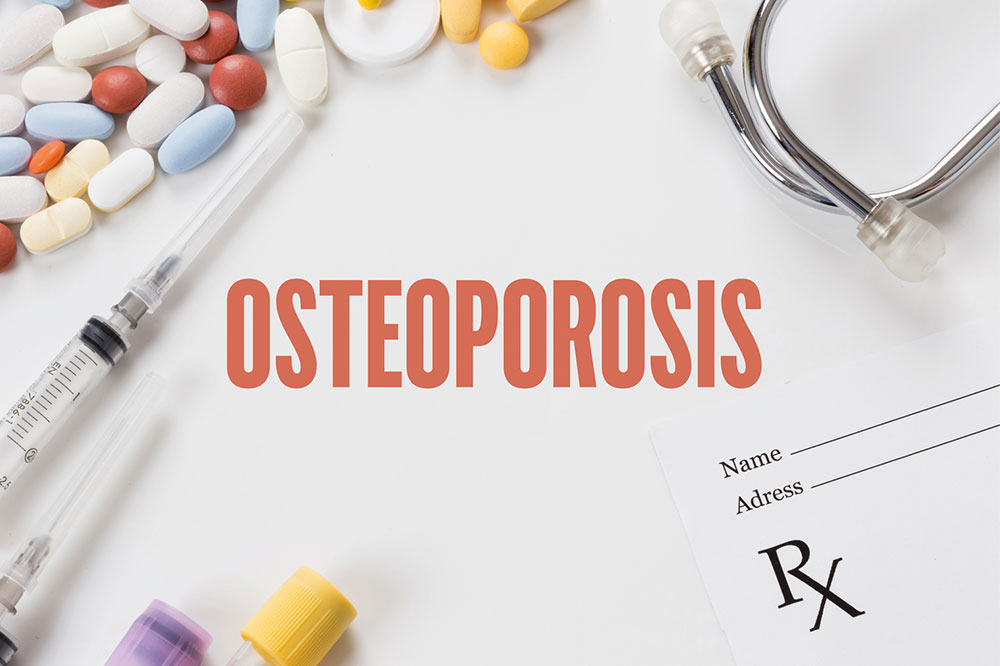Understanding Treatment Options for Osteoporosis
This article explores common osteoporosis medications, including bisphosphonates, hormones, calcitonin, and Prolia. It discusses their uses, side effects, and best practices for these treatments. Understanding these options helps patients and caregivers manage osteoporosis effectively and reduce fracture risks. Always consult a healthcare professional for personalized advice and proper medication use to ensure optimal bone health and safety.

Understanding Treatment Options for Osteoporosis
Osteoporosis is characterized by weakened bones that are susceptible to fractures due to decreased bone density. While complete reversal isn’t always possible, proper management through medication and lifestyle changes can significantly help control the condition. Even minor injuries can lead to serious bone damage in osteoporosis patients. Medications play a crucial role in strengthening bones and preventing fractures. Below are common drugs used in osteoporosis therapy:
Bisphosphonates: These are the most prescribed medications, available in pill form, taken weekly or monthly to inhibit bone loss.
Side effects of bisphosphonates can include nausea, indigestion, and stomach discomfort. Rare adverse effects may involve low calcium levels, jawbone deterioration, and irregular heart rhythms.
Parathyroid Hormone Therapy: Administered as daily subcutaneous injections, these hormones help stimulate bone growth and strength.
Calcitonin: Used to slow bone degradation and reduce pain after fractures, available as injections or nasal spray.
Denosumab (Prolia): Administered every six months, Prolia enhances bone density and reduces fracture risk. It’s unsuitable for individuals with low blood calcium or pregnant women. Common side effects include rash, eczema, low blood pressure, breathing issues, throat tightness, and facial swelling. Stopping Prolia can increase fracture risk. Most side effects stem from poor absorption if medications are taken with food, so medications should be taken on an empty stomach with plenty of water for optimal effectiveness.
These medications are essential tools in osteoporosis treatment. Adherence, proper timing, and following medical advice can help manage symptoms effectively. Always consult your healthcare provider before beginning or adjusting medication routines.







